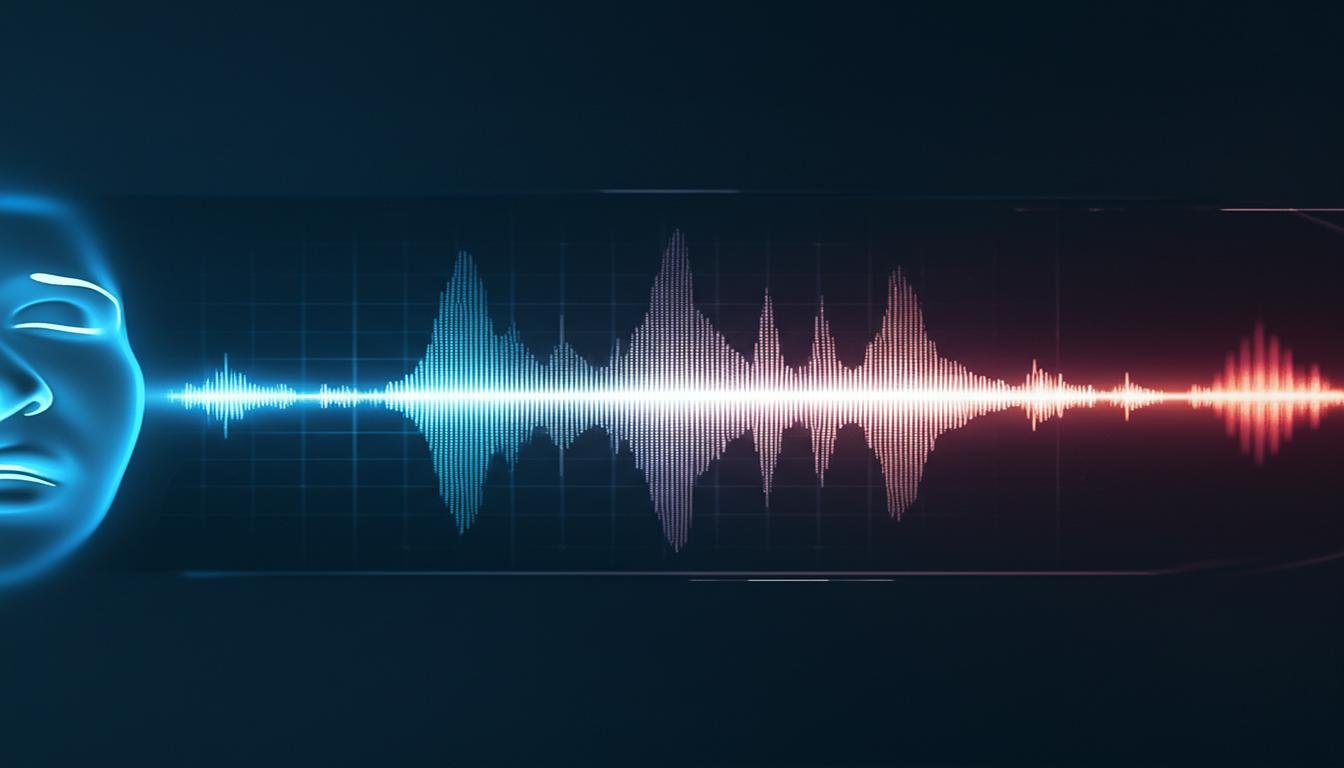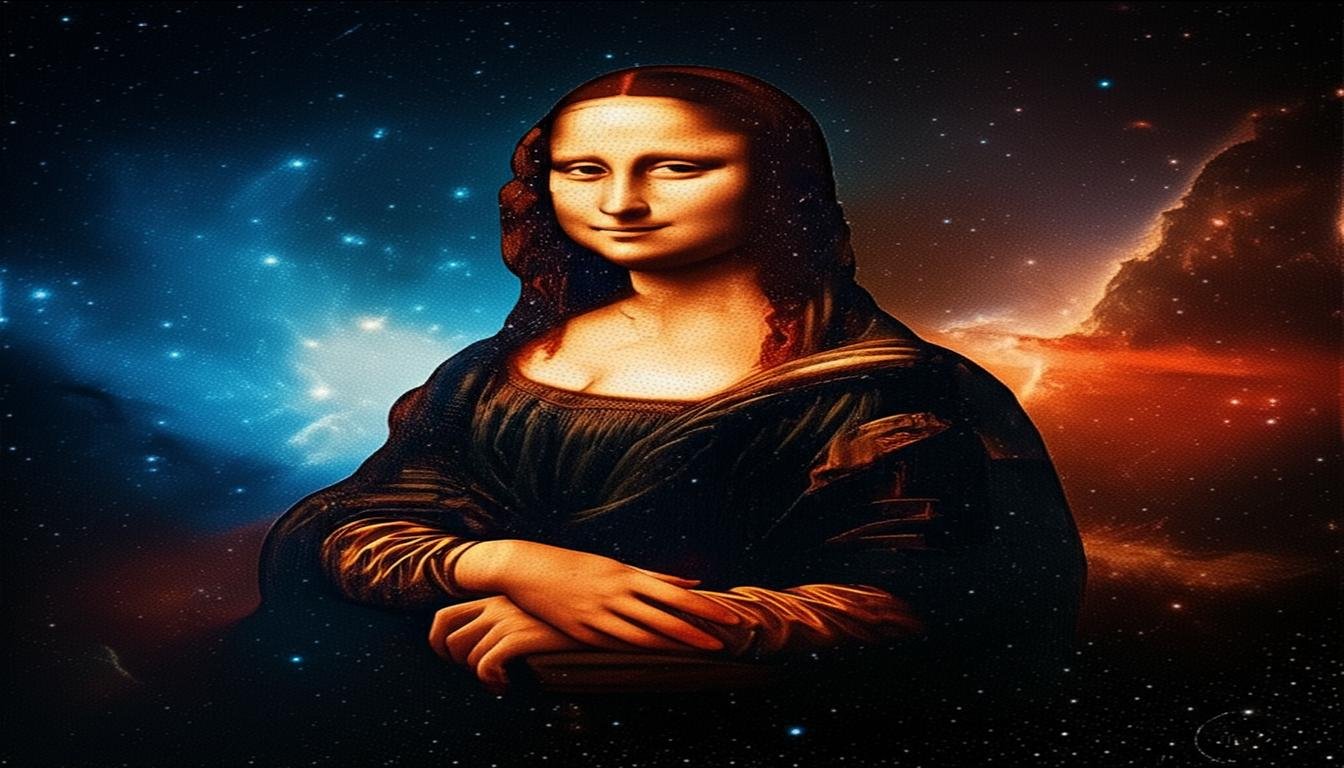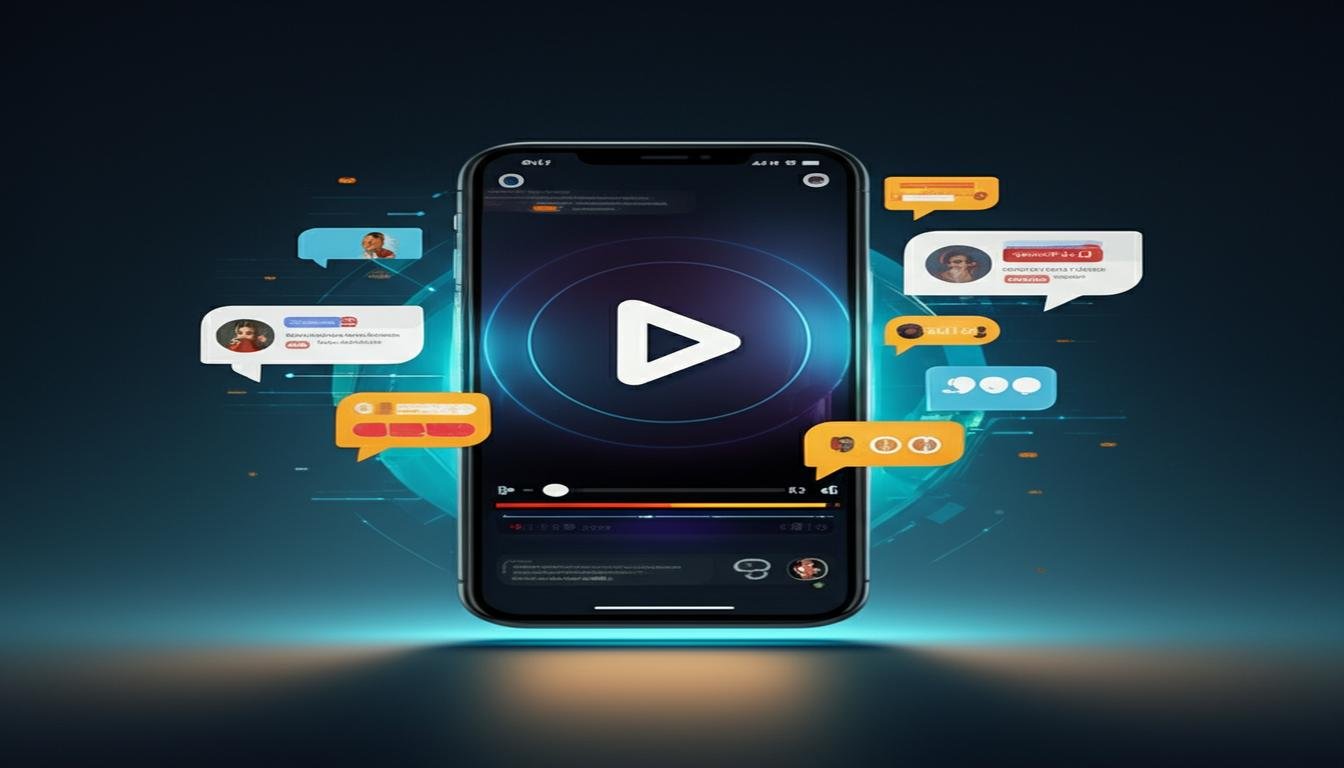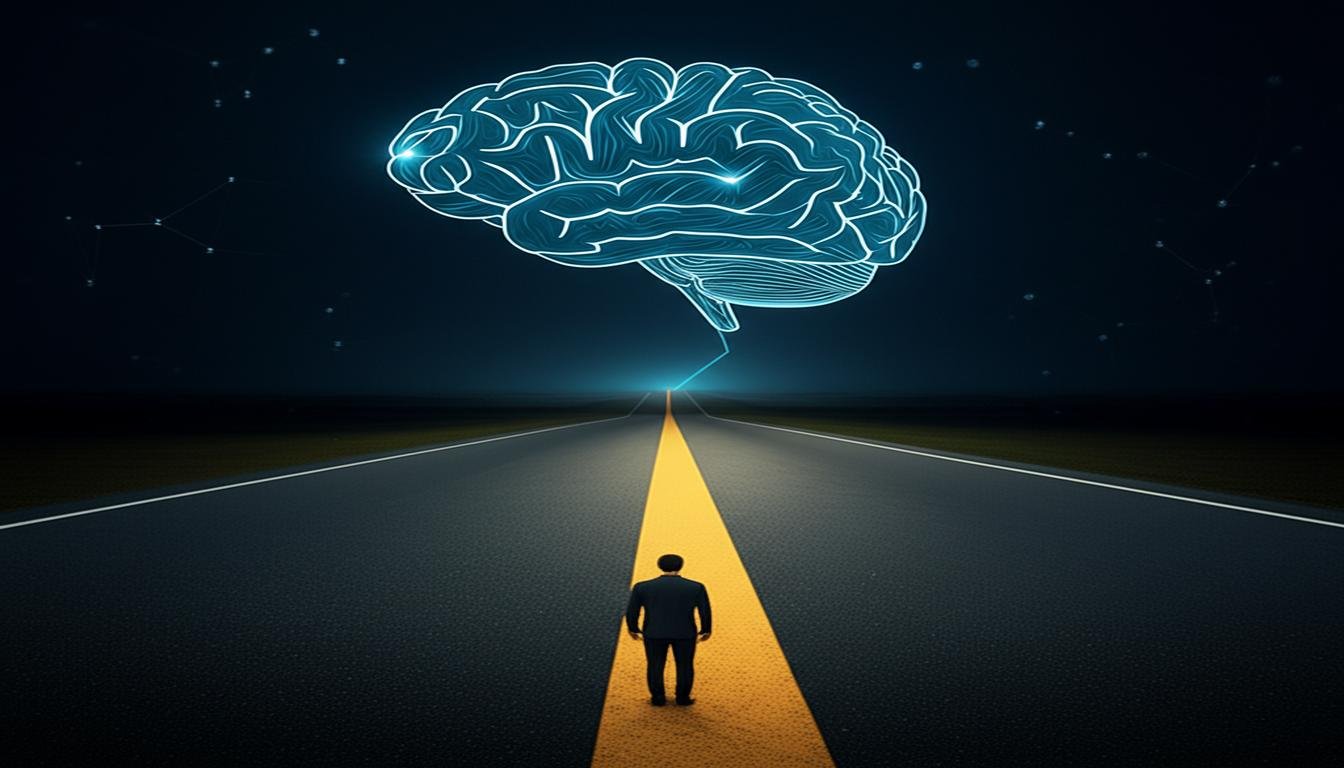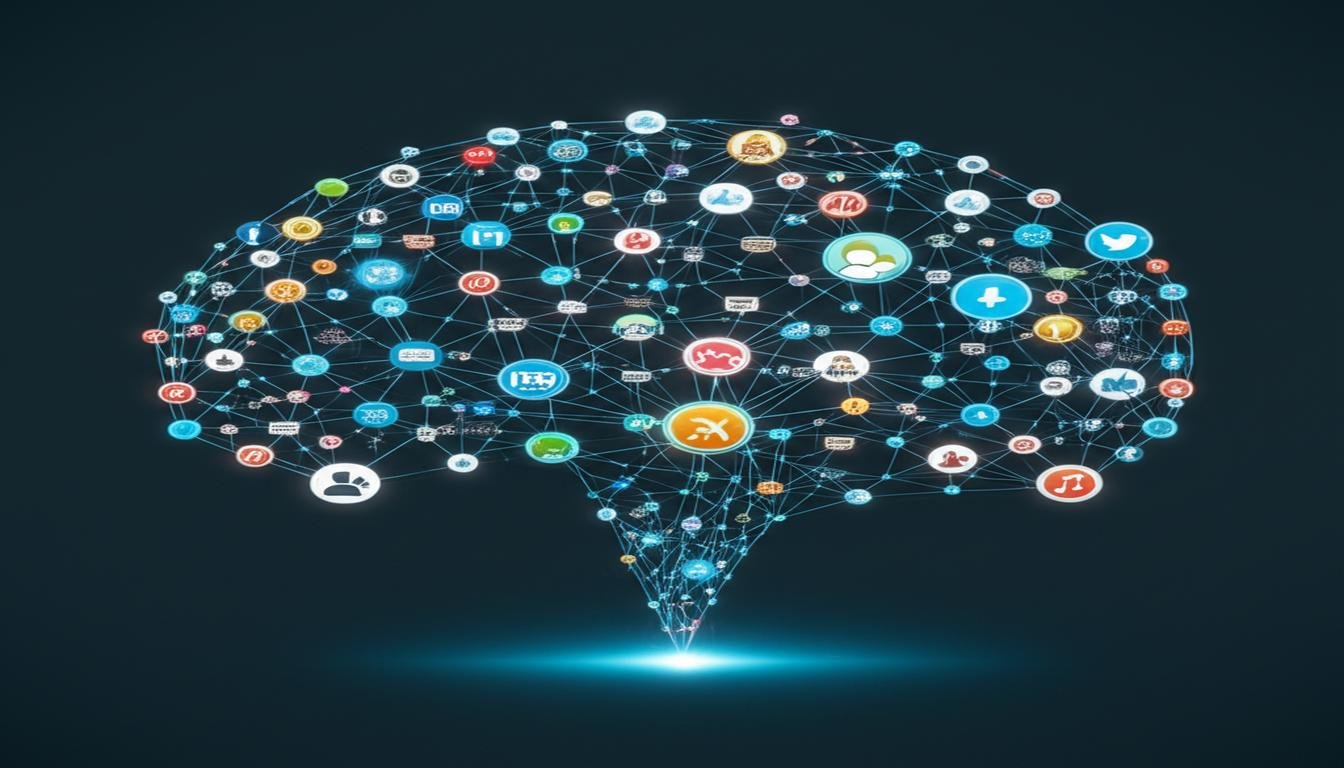AI Is Now Designing Clothes – Fashion Industry in Panic?
Remember when AI designing clothes sounded like something straight out of a sci-fi movie? Well, buckle up, because that future is officially here. Artificial intelligence isn’t just crunching numbers or writing emails anymore; it’s stepping into the glamorous, often unpredictable, world of fashion design. And yes, it’s causing quite a stir.
From haute couture concepts to everyday wear, AI is learning, creating, and evolving at a speed that has many in the fashion industry asking: Is this the end of human creativity, or just the beginning of something revolutionary?
The Rise of AI in Fashion Design: How It Works
So, how exactly does a computer design a stunning outfit? It’s not magic, but it certainly feels like it sometimes. AI leverages massive amounts of data – think millions of images from past collections, runway shows, street style blogs, sales data, and even social media trends.
Here’s a glimpse into the process:
- Trend Analysis: AI systems can quickly identify emerging patterns, colors, silhouettes, and fabric preferences long before a human designer might.
- Concept Generation: Based on its analysis, the AI can then generate entirely new design concepts, sometimes hundreds or thousands in a matter of minutes. It can experiment with variations that might take a human designer weeks to sketch.
- Predictive Design: Some advanced AIs can even predict what consumers will want next season, creating designs optimized for future demand, potentially reducing waste and overproduction.
- Pattern Making & Fit: Beyond just visual design, AI can help with technical aspects like optimizing patterns for fabric usage or even suggesting ideal fit based on body scan data.
Brands like Levi’s and Tommy Hilfiger have already experimented with AI to assist in design, optimize inventory, and predict trends. This isn’t just about pretty pictures; it’s about efficiency, speed, and hitting the market with exactly what people want, when they want it.
Is the Fashion Industry Really Panicking?
The headline might suggest a full-blown meltdown, but the reality is more nuanced. While there’s certainly apprehension and debate, “panic” might be too strong a word for everyone. It’s more like a collective gasp, followed by intense strategizing.
Concerns are real, though. Questions are being raised about:
- Job Displacement: Will AI replace human designers, pattern makers, and trend forecasters?
- Loss of Human Touch: Can an algorithm truly understand culture, emotion, or the subtle nuances that make fashion art?
- Ethical Implications: Who owns the designs created by AI? What about cultural appropriation if the AI pulls from diverse sources without proper context?
The Human Touch vs. Algorithmic Precision
This is where the heart of the debate lies. AI excels at crunching data, identifying patterns, and generating variations at scale. It can spot a micro-trend emerging in Tokyo and synthesize it with a classic silhouette from Paris faster than any human team. But can it feel the excitement of a new textile, understand the political statement behind a design, or innovate purely from intuition?
Many believe the unique blend of intuition, personal experience, and cultural understanding that human designers bring is irreplaceable. Fashion isn’t just about clothes; it’s about storytelling, identity, and emotion.
Opportunities and Collaborations, Not Just Competition
Instead of viewing AI as a competitor, many forward-thinking brands and designers are seeing it as a powerful collaborator. Imagine an AI as the ultimate design assistant, able to do the tedious, data-heavy work, freeing up human designers to focus on pure creativity, concept, and the emotional connection.
Here are some exciting possibilities:
- Hyper-Personalization: AI can help create truly custom pieces for individual consumers based on their style preferences, body measurements, and even mood.
- Sustainable Fashion: By optimizing material usage, predicting demand more accurately, and even designing garments that are easier to recycle, AI can significantly reduce fashion’s environmental footprint.
- Faster Innovation: AI can accelerate the design cycle, allowing brands to respond to fast-changing trends with unprecedented speed.
- New Creative Roles: We might see a rise in “AI-prompt designers” or “algorithmic fashion curators” – humans who guide and direct the AI’s creative output.
What This Means for Your Wardrobe (and the Future of Style)
For us, the consumers, the rise of AI in fashion could mean a few things:
- More Unique Options: With AI generating countless designs, your chances of finding something truly unique and tailored to your style might increase.
- Faster Trend Cycles: Get ready for even quicker shifts in what’s “in,” as AI speeds up the entire design-to-retail process.
- Potentially Lower Costs: Increased efficiency in design and production could, in some cases, translate to more affordable clothing.
The world of fashion is always evolving, and AI is simply the latest, most powerful wave of innovation to hit its shores. It’s not about machines replacing people, but about augmenting human capabilities and pushing the boundaries of what’s possible in design.
Embrace the Algorithmic Future
The idea of AI designing clothes might feel unsettling at first, threatening the very essence of human artistry. But like the sewing machine, the internet, or 3D printing before it, AI is a tool – an incredibly powerful one – that will reshape the industry, not necessarily destroy it.
The “panic” is less about obsolescence and more about adaptation. For fashion professionals, it means learning new skills, embracing collaboration with technology, and focusing on the uniquely human aspects of creativity that AI cannot replicate. For consumers, it promises an exciting future of more personalized, efficient, and potentially sustainable style. The runway ahead is digital, but the style, ultimately, remains human.



